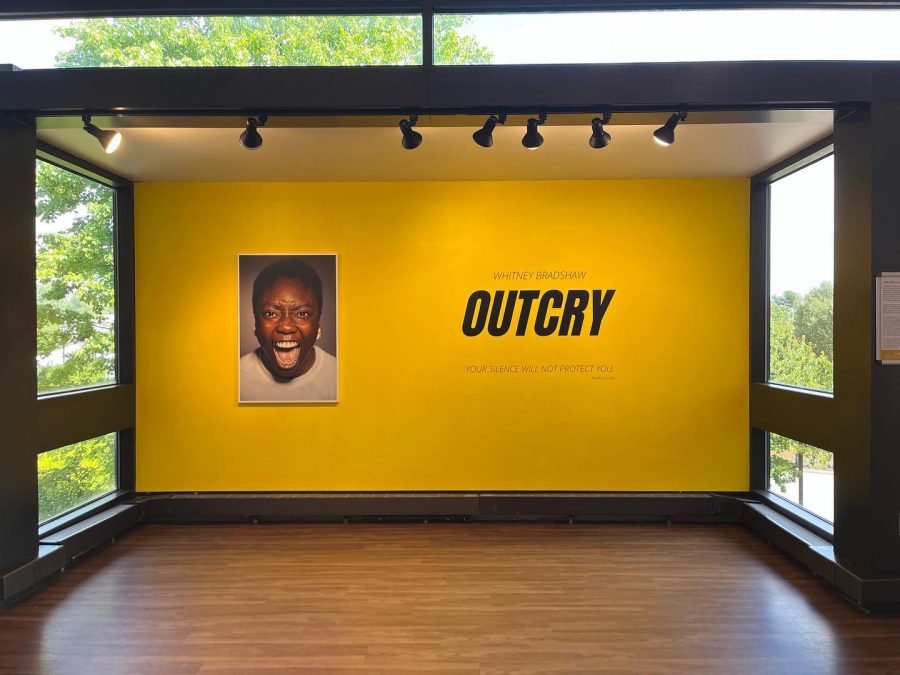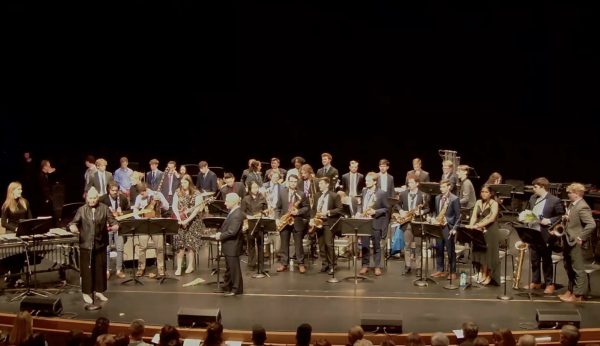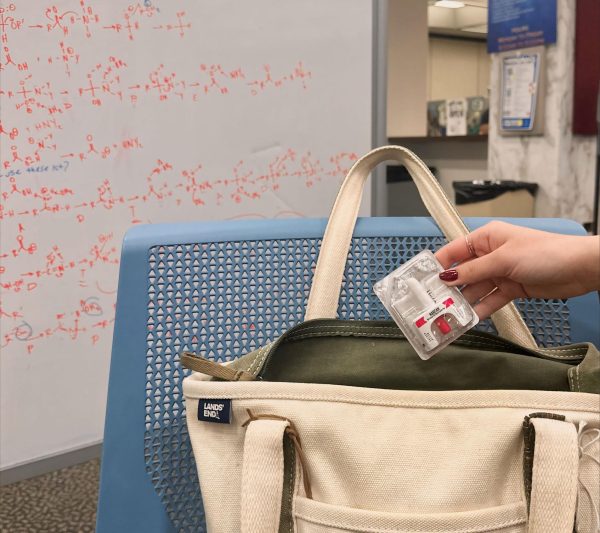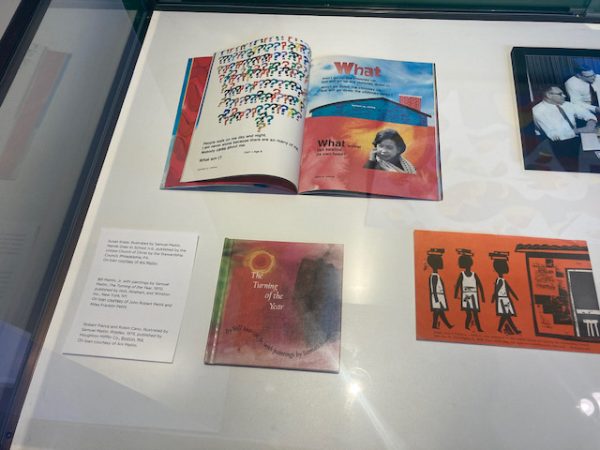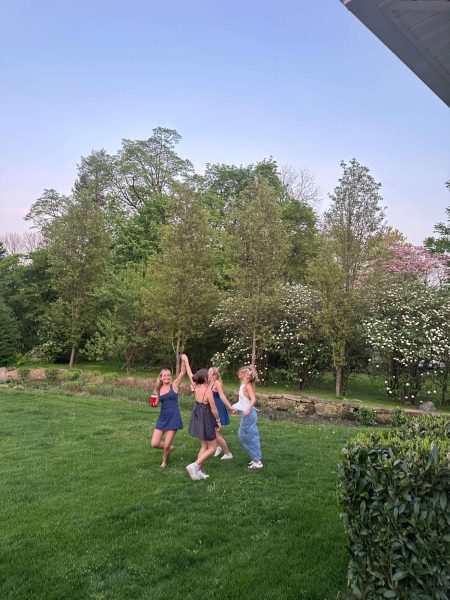Outcry Gallery Q&A at the Connelly Center
Courtesy of Villanova University Art Gallery Facebook
Whitney Bradshaw’s “OUTCRY” exhibit is displayed in the Connelly Center
September 14, 2022
When was the last time you used your voice? Truly used it in a way that was organic, without exact purpose, without filtering how you would be perceived. When was the last time you just screamed? Maybe you can’t remember; maybe you never have. Maybe you have been taught that silence is preferable to screams and your agreeableness is more valuable than the truth in your voice.
Whitney Bradshaw, through her ongoing project OUTCRY, invites us to confront the raw emotions depicted in her photos and reflect on those we find within ourselves. On Wednesday September 7th, Whitney came to Villanova’s campus to kick off the newest installation of OUTCRY, a social practice project consisting of over 400 photographic portraits of women screaming, 254 of which are displayed in the Villanova Art Gallery on the top floor of the Connelly Center. At its core, OUTCRY is about community building, intersectional empathy, healing, and empowerment. At each location where the photos are displayed, Whitney hosts what she calls Outcry scream sessions where women who don’t know one another can connect, build community, share stories, and of course, scream. Whitney’s intention in installing the photographs together is to create an exhibition that is a monumental act of collective resistance.
Whitney is an artist, photographer, educator and activist from Chicago who has championed women’s empowerment throughout her life. While attending Eastern Illinois University, she collaborated with a professor and another student to create an interdisciplinary Women’s Studies Minor and was the first in the university’s history to graduate with a degree from that program. After spearheading the study of gender and its role in society, she worked for Rape Victim Advocates (now called Resilence) and for fourteen Chicago hospitals.
Being a victim of sexual assault herself and in a situation where Whitney said her “voice saved her,” her passion for encouraging and supporting women to “speak up and out” grew.
After the election of Donald Trump in 2016 she felt motivated to begin a project to empower women.
On the night of the Women’s March in January of 2018, when she invited three women of different backgrounds to her home to scream, OUTCRY was born. Among the women photographed that night was Sue Roth, a Villanova alumna who was a communications major and now works for The Chicago Tribune. The women told their stories, practiced speaking up for themselves and screamed for the camera. The process for the subsequent portraits in the OUTCRY project mirrors that first gathering; women from different walks of life coming together to share their stories and build intersectional empathy.
Whitney likes to think of OUTCRY as a “secret society” where the participants bond for life.
For many participants, it is the first time they are in a space where they “are witnessed, heard, believed, and supported,” Whitney explained.
The process is transformational for those who participate and moving for those fortunate enough to view the display.
At the Villanova OUTCRY display, one photo in particular stood out. The photograph was of an older woman holding a black and white photograph of a young woman. Many of the subjects have statements on their shirts or accessories, but she is the only person actively holding an object. Whitney explained that the woman is also a photographer who chose to hold a picture of her younger self. The subject saw OUTCRY as a method of reclaiming the voice inside her which was silenced in her youth. The story she shared prior to the capturing of the photo makes it even more impactful. As a recent college graduate, she moved to Atlanta. After only a week of living there, she woke up one night with a man on top of her, holding a knife to her throat, telling her to be quiet or he would kill her. She did not listen, instead she screamed, and the man was stunned and terrified; he ran. Her voice had saved her.
Another OUTCRY participant was largely nonverbal when she eagerly signed up to participate in the project. During the session, she brought herself to scream not just once, but three times. A couple of months after the scream session, she bravely stood before 40 people and told her story.
The life-changing impact of OUTCRY is evidenced by this and hundreds of other stories. The work Whitney and the Outcry participants are doing together is extremely important. OUTCRY will continue to grow as it travels across the country engaging more women and communities along the way, expanding the “collective act of resistance” it champions.
At Villanova’s Connelly Center gallery, one is taken back by the photos.
“It is overwhelming, but overwhelming in a good way,” One student said.
The women in these photos are not servicing an expectation of what their appearance should be. They are screaming and they are screaming to be heard. The observer must listen. The observers cannot reduce the women to their looks, or their differences, she or he is invited to reflect not to judge.
Students involved in constructing the displays in the art gallery felt the project is a fresh and thought-provoking exhibition which may be the beginning of a new chapter for the art gallery and potentially the university overall. The art gallery may continue to emphasize greater levels of inclusivity and diversity both in the artwork and the artists featured. Whatever the future of the art gallery may be, in isolation OUTCRY is a display all should find time to experience.

